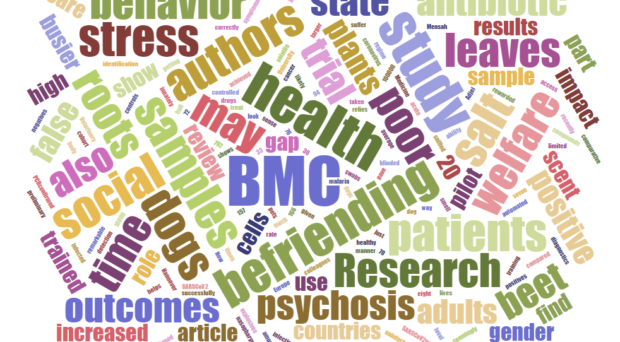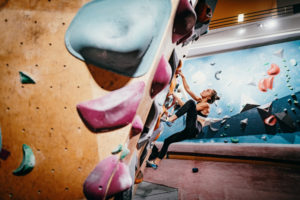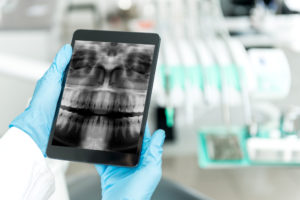

Nucleotide excision repair is an essential mechanism to remove bulky DNA adducts, including UV-induced DNA lesions. Many techniques have been developed to detect DNA damage and repair, some of which are based on Next Generation Sequencing, providing genome-wide information.
To date, genome-wide repair maps have been generated for model organisms, including Escherichia coli, Saccharomyces cerevisiae, Drosophila melanogaster, Arabidopsis thaliana, Mus musculus, and Homo sapiens. Akkose et al. wanted to compare repair patterns between humans and a deeply diverged non-human primate, selecting the gray mouse lemur, Microcebus murinus. A recent chromosome level reference genome for the gray lemur revealed that mouse lemur and human orthologs share ~ 91% identity, though we currently lack an in-depth understanding of this species’ genomic features such as epigenetic maps, transcriptomes and methylomes.
Given that mouse lemurs and humans last shared a common ancestor at the base of the primate clade, the same cell types from human and mouse lemur should behave similarly in response to DNA damage as a reflection of their deep homology. This study obtained transcriptomes from mouse lemur fibroblasts, exposed cells to UV and performed XR-seq, then compared lemur and human fibroblast XR-seq datasets for their genomic repair distribution. The results of this study demonstrated that the genome-wide UV repair profiles between humans and the gray mouse lemur are strongly correlated.

Therapeutic climbing has long been believed to have a positive effect on health problems, especially on perceived self-efficacy. Now, a trial carried out in Germany has shown that bouldering psychotherapy (BPT) leads to a relevant enhancement of perceived self-efficacy in people with depression, results which seem comparable to cognitive behavioural therapy. In fact, the effect of the BPT was noted to be superior compared to the effect of solely physical exercise.
BPT is carried out in groups by climbing therapists, and entails bouldering exercises, mindfulness exercises, psychoeducation, exchange between participants and transfer to daily life, body-related relaxation exercises, and free bouldering. Future studies should hopefully focus on whether BPT is also beneficial for other mental or physical disorders.

People experiencing homelessness have high levels of dental decay, oral cancer and poor oral health-related quality of life. The Scottish Government sought to address these issues by developing a national oral health improvement programme for people experiencing homelessness, named Smile4life. However, was this a successful program, was it being implemented in the best possible way? This study from the University of Dundee and University of St Andrews sent out surveys in Scotland, aimed at participants working within the homelessness sector or within NHS Boards where they were associated with services for people experiencing homelessness. The results from this survey identified recommendations that may be used to promote the future delivery of Smile4life, and support practitioners. Future steps should include training centred on the specific needs of those involved in the homelessness sector and the development of accessible training resources, thereby promoting implementation behaviours to assist the progression and sustainability of the Smile4life programme.

Coronavirus disease 2019 (COVID-19) is a serious respiratory illness caused by severe acute respiratory syndrome coronavirus 2 (SARS-CoV-2). During the COVID-19 pandemic, the number of cases of dengue increased. Dengue is the most common arboviral infection affecting humans in tropical and subtropical regions of the world. Every year, an estimated 96 million dengue infections are reported with 21,000 deaths worldwide.
Co-infection with both SARS-CoV-2 and the dengue virus is a serious public health concern due to the overlapping clinical and laboratory features of both diseases, making diagnosis and management of both diseases difficult. Despite similarities in signs and symptoms (like fever, headache and body pain), and laboratory characteristics (like thrombocytopenia and leukopenia) of these two diseases, their management is completely different. Hence, specific tests using RT-PCR or ELISA are necessary to confirm the diagnosis of these diseases.
Delayed diagnosis of co-infection with both SARS-CoV-2 and the dengue virus can result in serious patient complications with poor outcomes. The systematic review from Tsheten et al. underscores the importance of accurate and timely diagnosis using virus-specific tests.
BMC Medical Research Methodology – A roadmap to using randomization in clinical trials

Randomization is the foundation of any clinical trial involving treatment comparison. It helps mitigate selection bias, promotes similarity of treatment groups with respect to important known and unknown confounders, and contributes to the validity of statistical tests.
Various randomization procedures are available, so how do you choose the best one? This paper provides a roadmap to using randomization in clinical trials, taking into account a variety of factors and methodologies. Berger et al. conclude that the choice of randomization design, data analytic technique (parametric or nonparametric), and analysis strategy (randomization-based or population model-based) are all very important considerations. Randomization-based tests were found to be robust and valid alternatives to likelihood-based tests and should be considered more frequently by clinical investigators.
Comments